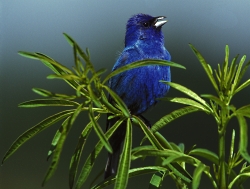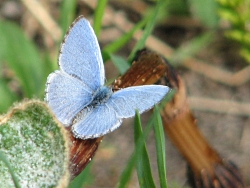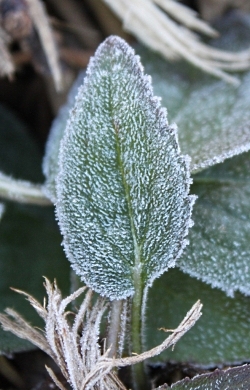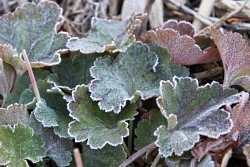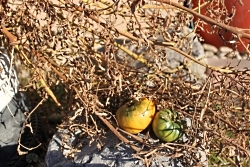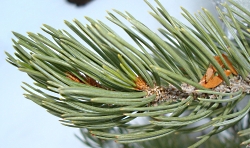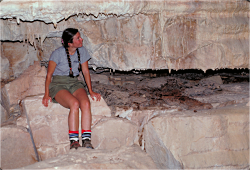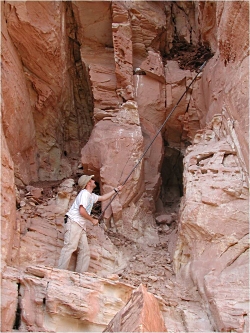
Odocoileus hemionus
Photo Courtesy US FWS
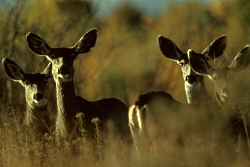 Mule Deer Herd
Mule Deer Herd
Odocoileus hemionus
Photo Courtesy US FWS
Gary Zahm, Photographer
 Mule Deer Herd
Mule Deer Herd
Odocoileus hemionus
Photo Courtesy US FWS
David Heffernan, Photographer
Hi, this is Mark Larese-Casanova from the Utah Master Naturalist Program at Utah State University Extension.
It’s that time of year again, the leaves have fallen from the trees, the snowy holidays are on their way, and love is in the air for one of Utah’s vital wildlife species. Odocoileus hemionus, commonly known as Mule Deer are the smallest members of the Cervid family in Utah, after moose and elk. Their name is derived from their large ears which resemble those of a mule.
Mule deer have a coat that ranges from dark grey, to a lighter tan color, a white rump patch, and tail with a black tip.
In the months of November and December Mule deer are active in their breeding season known as the rut. During the summer and early fall males will typically live away from does and fawns, and begin to “play” fight with other males to establish a hierarchy of dominance. Once the rut begins males will seek out does, and become more aggressive and compete with one another for females to breed with. The less dominant males are usually aware of their status, and will be chased away by larger bucks. However males that are similar in size will posture to one another, lock antlers and fight to establish breeding rights with the doe.
Mule deer are not monogamous in nature. Males will breed with any female that will accept them. Does can also breed with multiple bucks, providing the possibility of multiple births from different fathers. The receptive period for does is known as estrus, and typically lasts for less than a day, and sometimes only a few hours. If the first estrus cycle is missed does can go through another cycle in about four weeks. When the rut comes to an end, bucks will return to being solitary until they shed their antlers in late winter.
In Utah, does typically give birth in June and will leave the herd to be alone. The older does commonly have twins, while younger does have only one fawn. After the fawns are born the cycle of life starts again.
For Wild About Utah, I’m Mark Larese-Casanova.
Credits:
Images: Courtesy US FWS, Gary Zahn and David Heffernan, Photographers
Text: Mary Jackson, Justin Hicken, Utah State University
Additional Reading:
LEARN MORE, Find out more about mule deer and what the DWR is doing to help them, Utah Division of Wildlife Resources, Department of Natural Resources, State of Utah, https://wildlife.utah.gov/16-wildlife.html?start=14
Ongoing Efforts to Help Utah’s Deer Herds, Utah Division of Wildlife Resources, Department of Natural Resources, State of Utah, https://wildlife.utah.gov/md-help.html
Mule Deer Statewide Management Plan, Utah Division of Wildlife Resources, Department of Natural Resources, State of Utah, https://wildlife.utah.gov/pdf/bg/mule_deer_plan.pdf
Mule Deer, Utah Species, Utah Division of Wildlife Resources, Department of Natural Resources, State of Utah, https://fieldguide.wildlife.utah.gov/?species=odocoileus%20hemionus

